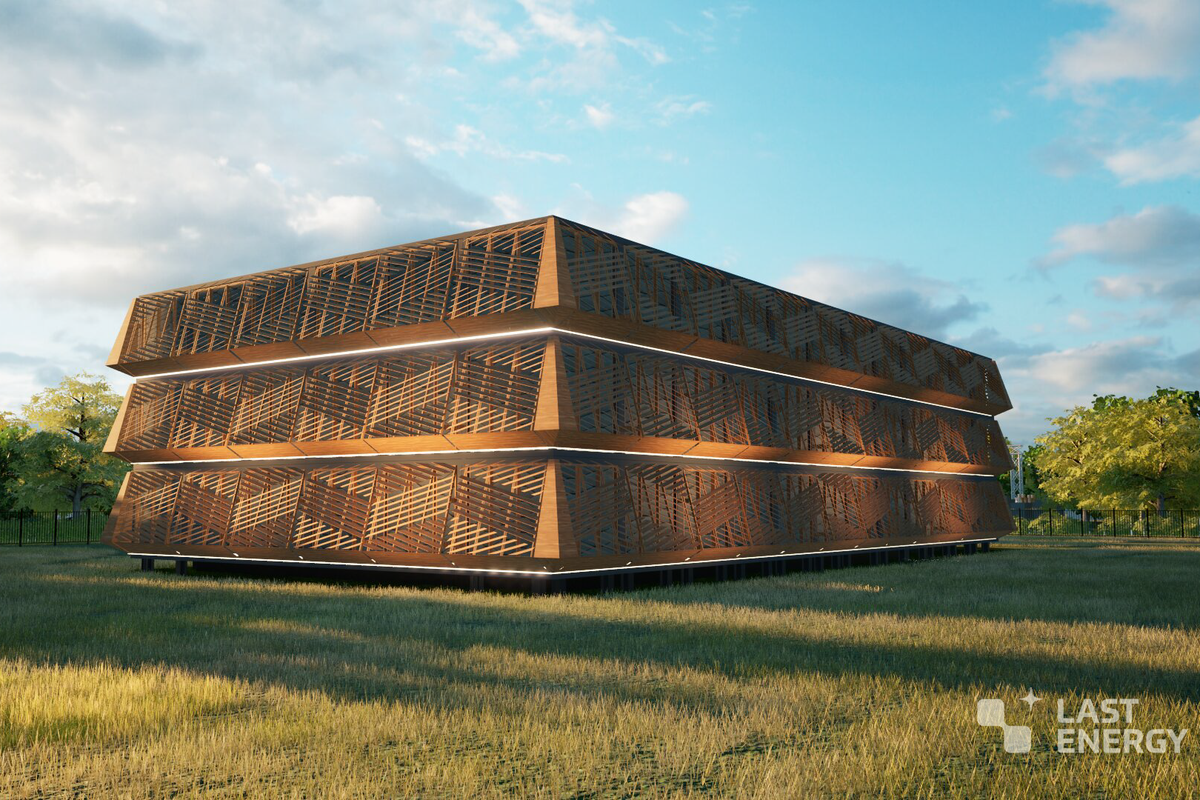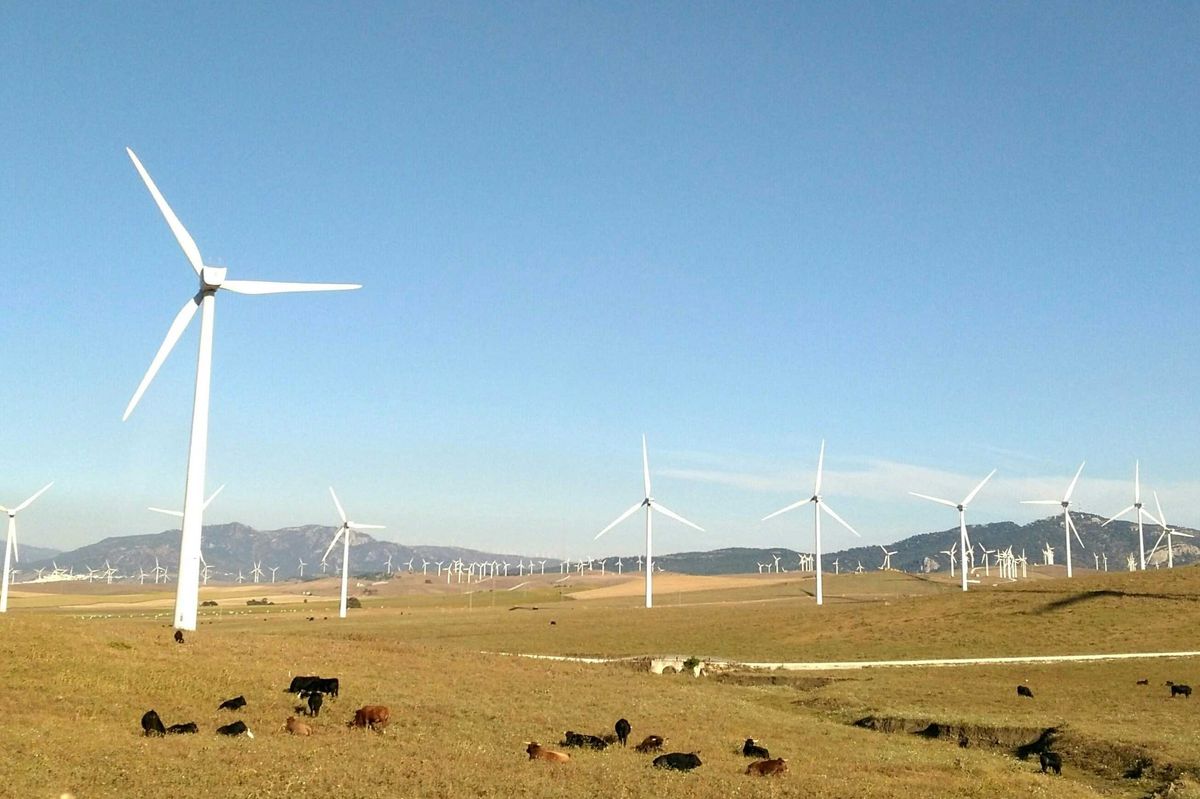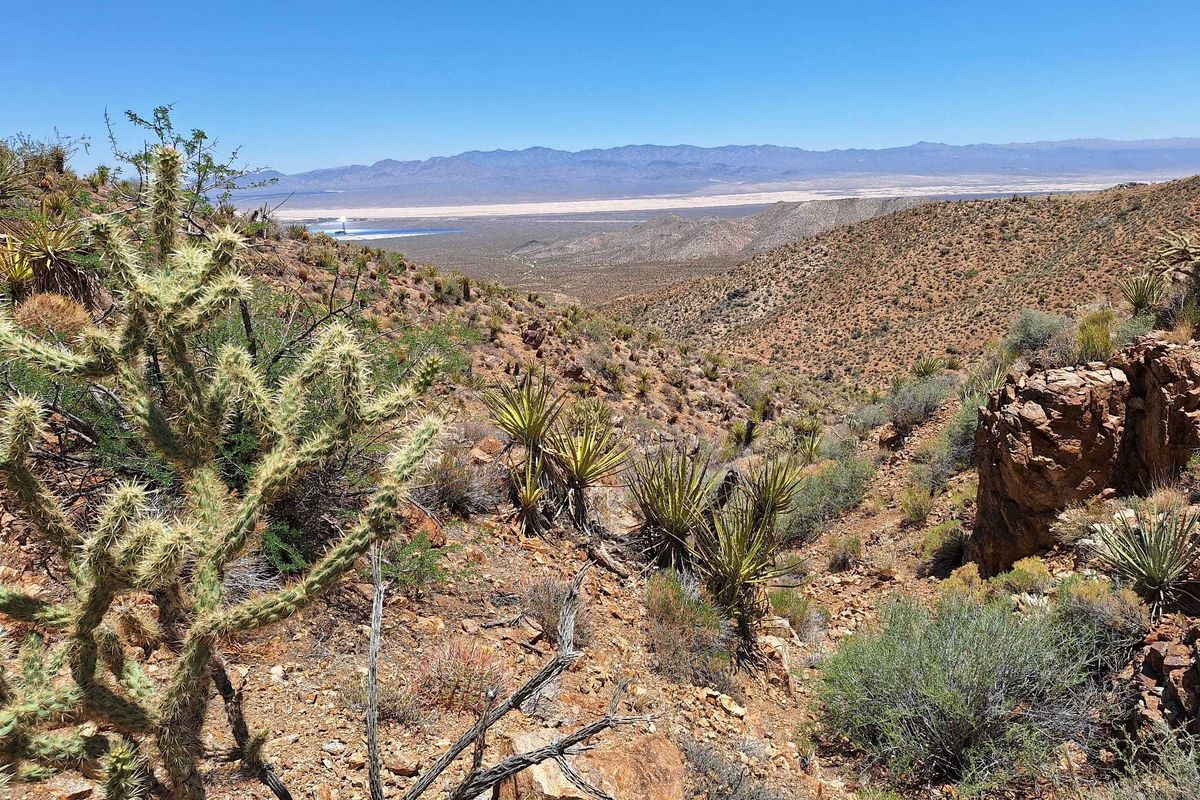Ten Houston-area companies will receive vouchers from the Department of Energy's latest round of funding to support the adoption of clean energy tech.
The companies are among 111 organizations to receive up to $250,000 in vouchers from the DOE's Office of Technology Transitions, totaling $9.8 million in funding, according to a release from the department.
The voucher program is in collaboration with the Offices of Clean Energy Demonstrations (OCED), Fossil Energy and Carbon Management (FECM), and Energy Efficiency and Renewable Energy (EERE). It is funded by the Bipartisan Infrastructure Law.
“It takes a breadth of tools and expertise to bring an innovative technology from research and development to deployment,” Vanessa Z. Chan, DOE Chief Commercialization Officer and Director of the Office of Technology Transitions, says in a statement. “The Voucher Program will pair 111 clean energy solutions with the support they need from expert voucher providers to help usher new technologies to market.”
In addition to the funding, the program seeks to help small businesses and non-traditional organizations gain access to testing facilities and third-party expertise.
The vouchers come in five different opportunities that focus on different areas of business growth and support:
- Voucher Opportunity 1 (VO1) - Pre-Demonstration Commercialization Support
- Voucher Opportunity 2 (VO2) - Performance Validation, Modeling, and Certification Support
- Voucher Opportunity 3 (VO3) - Clean Energy Demonstration Project Siting/Permitting Support
- Voucher Opportunity 4 (VO4) - Commercialization Support (for companies with a functional technology prototype)
- Voucher Opportunity 5 (VO5) - Commercialization Support (for developers, including for-profit firms, that are working to commercialize a prototype that fits a specific technology vertical of interest for DOE)
The 10 Houston-area companies to receive funding, their voucher type and projects include:
- Terradote Inc. with Big Blue Technologies Inc. (VO2): Full ISO-Compliant Life Cycle Assessment for Clean Energy Technologies
- Solugen Inc. and Encina with ACTion Battery Technologies L.L.C. and Frontline Waste Holding LLC (Vo2): Barracuda Virtual Reactor Simulation, Validation and Testing
- Flow Safe with Concept Group LLC and Precision Fluid Control (VO2): Durability Testing of Hydrogen Components, Materials, and Storage Systems
- Percheron Power LLC (VO4): Fundraising Support
- Capwell Services Inc. with Banyu Carbon Inc. (VO5): Field Testing Support for Validation of Novel Resource Sustainability Technologies
- Syzygy Plasmonics with Ample Carbon PBC, Terraform Industries, Lydian Labs Inc. and Vycarb Inc. (VO5): Rapid Life Cycle Assessment for Carbon Management or Resource Sustainability Technologies
- Solidec Inc. with GreenFire Energy (VO5): LCA Calculator Tool for Carbon Management or Resource Sustainability Technologies
- Encino Environmental Services LLC with Wood Cache, Completion Corp and Carbon Lockdown (VO5): Realtime Above/Underground Gas Monitoring Reporting and Verification, Including Cloud Connectivity for Remote Sites
- Mati Carbon PBC with Ebb Carbon Inc. (VO5): Community Benefits Assessment and Environmental Justice
Other Texas-based companies to receive funding included Molecular Rebar Design LLC and Talus Renewables from Austin, Deep Anchor Solutions from College Station, and ACTion Battery Technologies LLC from Wichita Falls.
Last October, the DOE also awarded the Houston area more than $2 million for projects that improve energy efficiency and infrastructure in the region.
In December, its Office of Clean Energy Demonstrations also selected a Houston power company for a commercial-scale carbon capture and storage project cost-sharing agreement.










